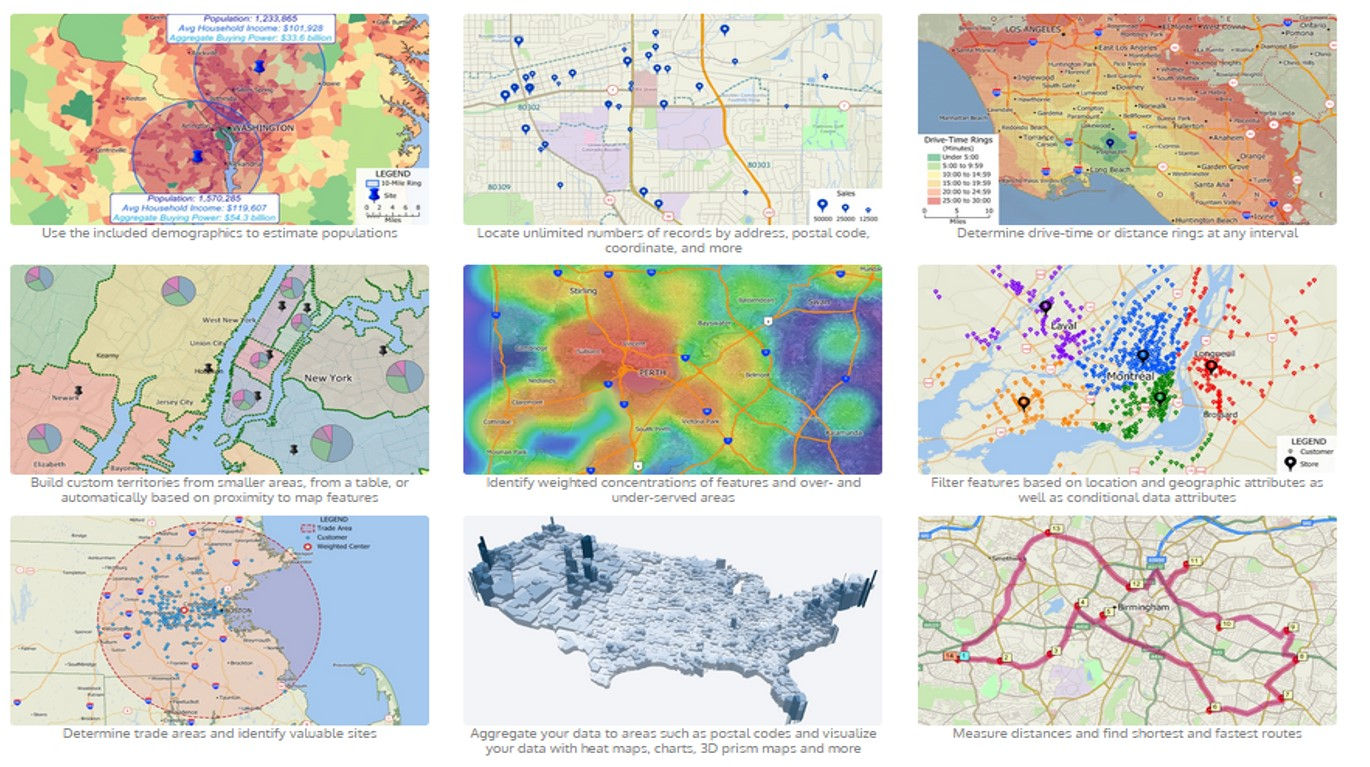top of page

Objectives: Re-measurement noise of the city Sopron and comparing the results of noise measurements in 2015 and 2016. Analysis of the measurement results in 2015 and 2016 and identify places where there have been large changes the noise.
Last year, the master students of GIS at University of West Hungary performed measuring the noise of the city of Sopron. Points have been defined on the ground and coordinates have been registered by hand device GPS . They determined 344 points that cover the city of Sopron and made the noise measurement on these points. Students created database containing 344 noise measurement points with attributive data: easting, northing, altitude, time, date, noise morning and noise afternoon, also date of modify.
We re-measured noise of the existing the point, added new data and comped the results of noise measurements in 2015 and 2016.
In my measurement, GPS device Trimble Juno SC was used for finding the existing points and for adding new data of noise measurement (Pic.1). Noise was measured by the mobile phone Samsung Galaxy J2 (Pic.2).


Pic.1 Pic.2
Area of Sopron was divided to four parts and four groups measured the noise of points two times in the afternoon from 13.00 to 15.00 and in the evening from 17.00 to 19.00 on weekdays.
We used GIS software DigiTerra for find the existing points of measurement and collection new noise data by GPS device Trimble Juno SС (Pic.1).
I used points to the results of noise measurement in 2015 and 2016 to analyze and compare volume of the sounds. I also used additional geodata downloaded from open sources through the Internet for extensive analysis (street, buildings and river).
I used the built-in download function in QGIS. In QGIS 2.14.3 I used the openstreetmap plugin to request data from the server .osm XML file, which produced 3 layers (polygons, polylines and points) in QGIS. The OpenStreetMap plugin is a core plugin inside QGIS.




Noise pollution has been identified by interpolation methods. ArcGIS 10.3.1. program has been used for analyzing noise and for producing noise map. I tried to interpolate my noise data using method Inverse Distance Weighted (IDW) by ArcMap10.3.1.


I created 3d model of Sopron in ArcScene that allows to view our GIS data in three dimensions.



Analysis the volume of noise using map
For analysis, I made interpolation based on points of measuring the volume of sounds in the morning and the afternoon 2015, in the afternoon and the evening 2016.

We can see the difference of noise changes using interpolation maps. On all four maps, we can see that the much noise at the intersections of roads than other places. If we compare the two maps of noise measuring in the afternoon 2015 and with the afternoon 2016, we see that the volume of noise increases in the afternoon 2016. Measurement of noise in the last year was measured in the morning and afternoon. Therefore, we cannot compare the measurement the volume of sounds in the evening 2015 and 2016. If we compare the 4 interpolation maps, we can see that the much the volume of noise in the evening 2016 and the lowest noise in the morning in 2015.


Analysis of the noise volume using R Studio software
R studio is an integrated development environment (IDE) for R. It includes a console, syntax-highlighting editor that supports direct code execution, as well as tools for plotting, history, debugging and workspace management.
Statistics (e.g. boxplot) for noise measurement 2015 and 2016
One common method in statistics for comparing multiple densities is to use a boxplot.
In my case, I compared the distribution of the noise of measure in 2015 and 2016. I like boxplots very much because I think they are one of the clearest ways of showing trend in data.
I created statistics (e.g. boxplot) of noise measurement 2015 and 2016.

When I compared boxplots for noise measurement, we can see in the boxplot measurement in evening 2016 has more the volume of the sounds than other.
We can see the median as a thick black line, the edges of the box show the 25th and 75th quartiles of the data respectively, and these points are outliers that lie far outside the expected range of the data.
I also used scatter plot, histograms and density plots for compare noise data, where each color represents the distribution of a different time of measurement.



Conclusion
Analysis of the noise map shows that the noise in some places of Sopron is noticeable. Analysis of measurement of the evening show an increasing variability. In areas where the noise exceeds the limit values necessary to take measures to control the volume of noise that would preventing the noise disturbance and not to damage the human health.
Planning the traffic to lessen the noise, increasing the soundproofing, placing noise reducing panels and forestation may be considered as the precautions to be taken for controlling the noise.
Results of the study will be helpful to the city and institutional authorities for developing projects related to preventing and lessening noise.
bottom of page


